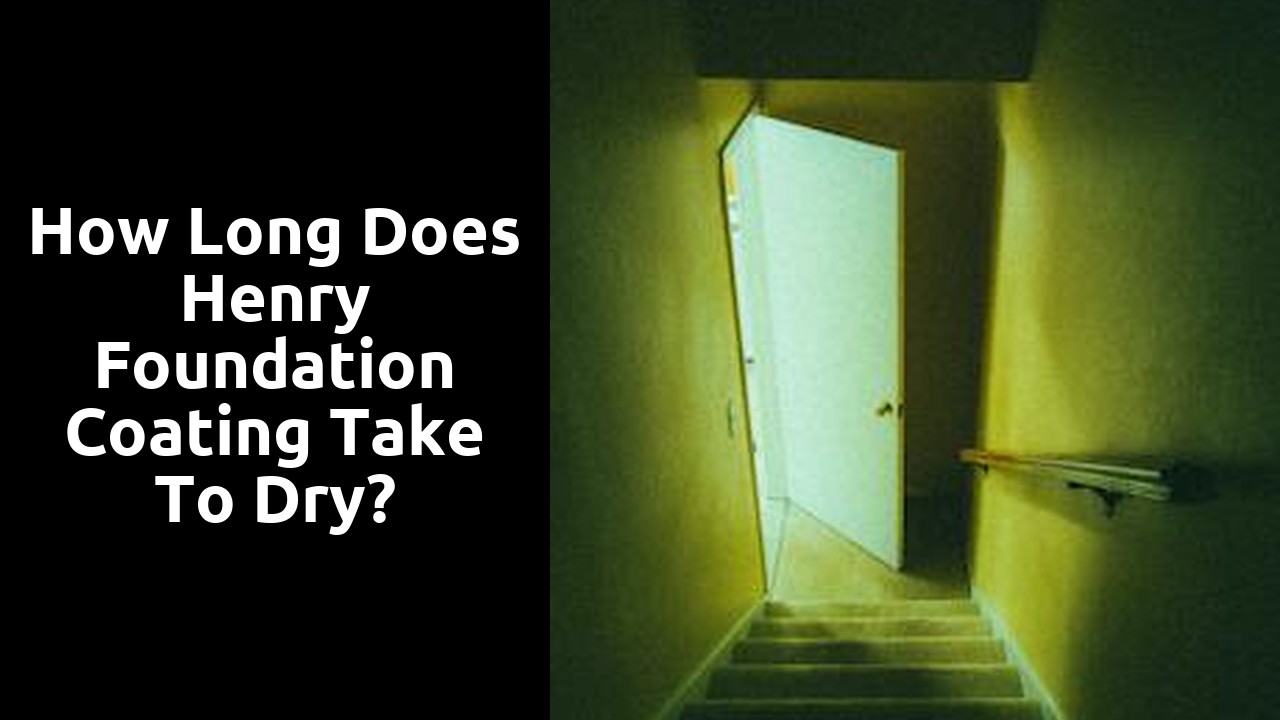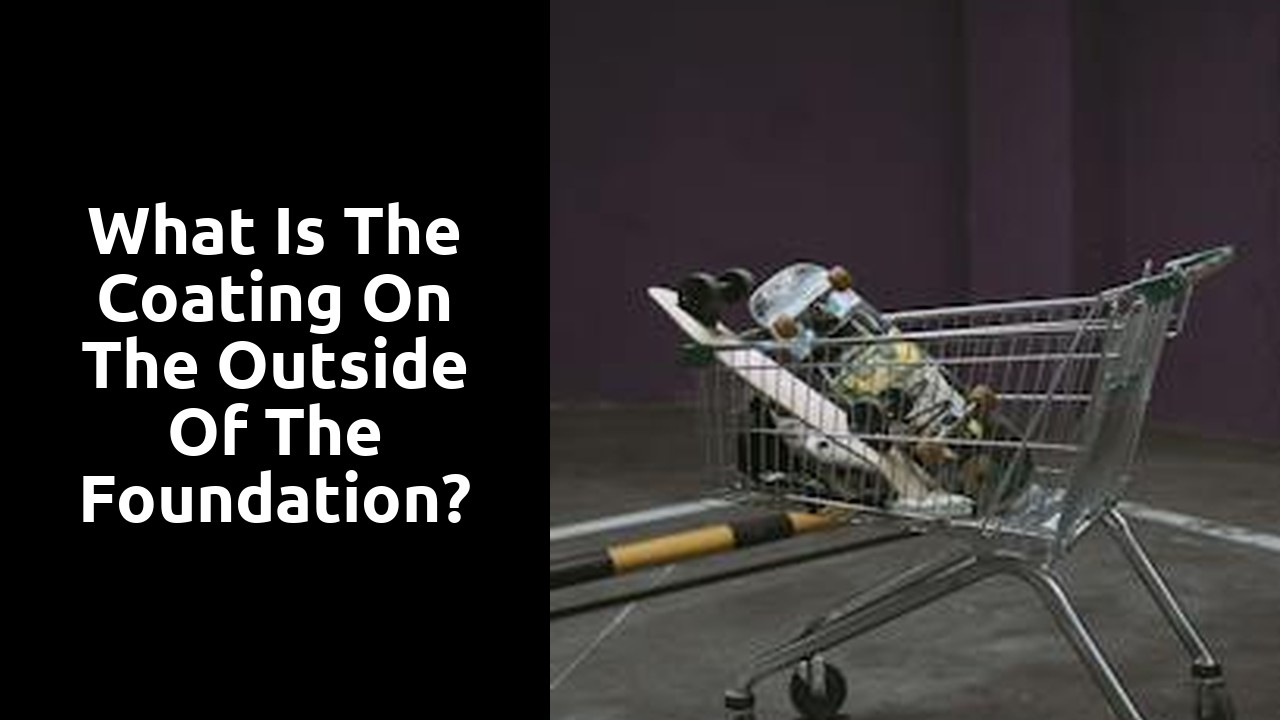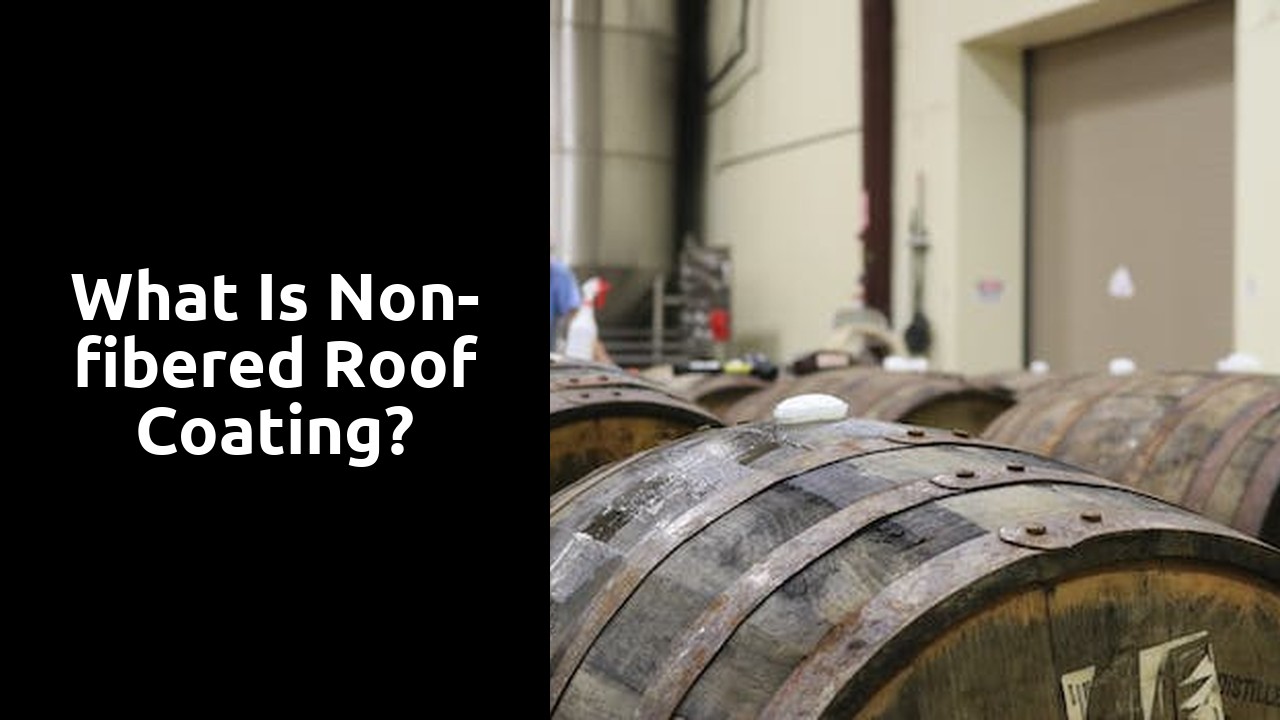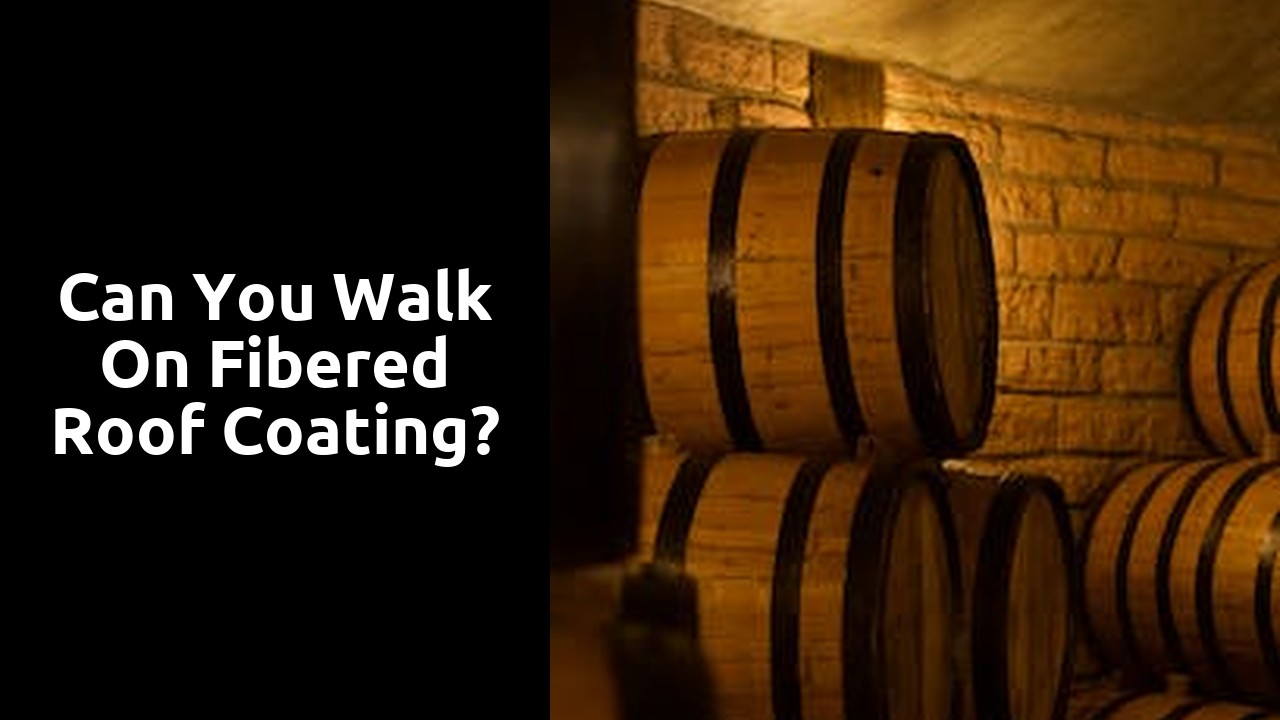Understanding the Drying Process of Henry Foundation Coating
Understanding the Drying Process of Henry Foundation Coating
The drying process of Henry foundation coating is a crucial step in any construction or repair project. It refers to the time it takes for the coating to fully dry and cure, resulting in a strong and long-lasting protective barrier. The duration of the drying process can vary depending on several factors, including the type and thickness of the coating, as well as the environmental conditions.
One key factor that affects the drying time of Henry foundation coating is the type of coating being used. There are different formulations available, each with its specific drying characteristics. Some coatings may dry relatively quickly, while others require more time to reach optimal dryness. It is important to refer to the manufacturer’s instructions and product specifications to determine the estimated drying time for the specific type of Henry foundation coating being used. Additionally, the thickness of the coating also plays a role in the drying process. Thicker layers may take longer to dry compared to thinner ones due to the additional moisture content that needs to evaporate.
Factors Affecting the Drying Time of Henry Foundation Coating
Factors Affecting the Drying Time of Henry Foundation Coating
The drying time of Henry Foundation Coating can be influenced by a variety of factors. One key factor is the ambient temperature. Higher temperatures tend to facilitate faster drying, while lower temperatures may significantly extend the drying time. It is important to note that extreme temperature conditions, such as very hot or cold weather, can also adversely affect the drying process, leading to less desirable results.
Another factor to consider is the humidity level. High humidity can create a moist environment that hinders the evaporation of moisture from the coating surface, thereby prolonging the drying time. Similarly, low humidity levels can cause rapid evaporation, leading to premature drying and potentially compromising the coating’s effectiveness. Strike a balance with the environmental humidity to ensure optimal drying results for the Henry Foundation Coating.
Achieving Optimal Drying Results with Henry Foundation Coating
Achieving optimal drying results with Henry Foundation Coating requires careful planning and execution. The first step is to ensure that the surface is clean and free from any debris or loose material. This can be achieved by thoroughly sweeping or pressure washing the area before applying the coating. Additionally, it is important to repair any cracks or imperfections in the surface prior to application, as this can affect the drying time and overall performance of the coating.
Once the surface is prepared, it is crucial to apply the Henry Foundation Coating according to the manufacturer’s instructions. This includes using the recommended application tools and techniques to ensure an even and consistent coverage. It is also important to apply the coating in thin layers, allowing sufficient time for each layer to dry before applying the next. This will help to prevent the formation of bubbles or unevenness in the finished surface. Finally, it is essential to allow the coating ample time to dry and cure before subjecting it to any foot or vehicle traffic. Patience is key in achieving optimal drying results, as rushing the process can compromise the performance and longevity of the coating.
Tips for Accelerating the Drying Time of Henry Foundation Coating
One of the most effective ways to accelerate the drying time of Henry foundation coating is to ensure proper ventilation in the application area. Good airflow can help to evaporate excess moisture and speed up the drying process. Before applying the coating, make sure that all windows and doors are open and consider using fans to increase air circulation. Additionally, it is important to avoid applying the coating on humid or rainy days, as high levels of moisture in the air can significantly prolong the drying time. Choosing a dry and sunny day for the application will help to expedite the drying process and ensure optimal results.
Another tip for accelerating the drying time of Henry foundation coating is to thin the solution before application. Thinning the coating with a compatible solvent can promote faster drying by reducing its viscosity. It is important to follow the manufacturer’s recommendations and guidelines for thinning the coating, as using too much solvent can affect its performance and durability. Additionally, proper mixing and stirring of the coating before application can ensure an even distribution of the solvent and facilitate quicker drying. By thinning the coating and ensuring thorough mixing, you can effectively speed up the drying time and achieve a smooth, uniform finish.
Common Misconceptions about the Drying Process of Henry Foundation Coating
Despite its widespread use and popularity, there are several common misconceptions about the drying process of Henry foundation coating that need to be debunked. One such misconception is that the drying time of the coating solely depends on the product itself. While the quality of the coating is indeed crucial, other factors such as the environmental conditions and the application technique also play a significant role in determining the drying time.
Another misconception is that all Henry foundation coatings have the same drying time. In reality, different types of Henry coatings have different formulations and drying characteristics. It is essential to refer to the specific product instructions and specifications to determine the expected drying time for each type of coating.
Exploring the Impact of Environmental Conditions on Henry Foundation Coating Drying
Exploring the Impact of Environmental Conditions on Henry Foundation Coating Drying
The drying process of Henry foundation coating can be greatly influenced by various environmental conditions. One important factor to consider is the temperature of the surroundings. Higher temperatures generally result in faster drying times, while lower temperatures can significantly prolong the drying process. Additionally, the humidity levels in the air can also affect the drying time. High humidity levels tend to slow down the drying process, as moisture in the atmosphere creates a barrier for the coating to evaporate. On the other hand, lower humidity levels can facilitate quicker drying by allowing the moisture to escape more easily.
Another environmental condition that plays a role in the drying of Henry foundation coating is air circulation. Proper air circulation can help speed up the drying process by facilitating the evaporation of moisture. However, if there is limited air movement or stagnant air in the area, the coating may take longer to dry. It is important to ensure that the area where the coating is applied has sufficient ventilation to promote optimal drying conditions. Furthermore, factors such as direct sunlight or strong winds can also impact the drying time. Exposure to direct sunlight can accelerate the drying process, while strong winds can cause the coating to dry unevenly or create surface defects.
FAQS
How long does it typically take for Henry foundation coating to dry?
The drying time of Henry foundation coating can vary depending on several factors, such as temperature, humidity, and thickness of the coating. On average, it takes around 24 to 48 hours for the coating to fully dry.
Does the drying time of Henry foundation coating depend on the type of surface it is applied to?
Yes, the type of surface can affect the drying time of Henry foundation coating. Porous surfaces may require longer drying times compared to non-porous surfaces, as the coating needs to penetrate and adhere properly.
Can the drying time of Henry foundation coating be affected by weather conditions?
Yes, weather conditions, specifically temperature and humidity, can impact the drying time of Henry foundation coating. Higher temperatures and lower humidity levels generally promote faster drying, while lower temperatures and higher humidity levels can prolong the drying process.
Are there any ways to accelerate the drying time of Henry foundation coating?
Yes, there are some tips and techniques to help speed up the drying time of Henry foundation coating. These include applying thinner coats, ensuring good ventilation, using fans or heaters to increase airflow, and choosing optimal weather conditions for application.
Are there any misconceptions about the drying process of Henry foundation coating?
There are some common misconceptions about the drying process of Henry foundation coating, such as assuming that it will dry at the same rate regardless of environmental conditions. It’s important to understand that variations in temperature and humidity can significantly impact the drying time.
Can I walk or apply additional layers on Henry foundation coating before it is completely dry?
It is best to avoid walking or applying additional layers on Henry foundation coating until it is fully dry. Prematurely disturbing the coating can lead to improper adhesion and compromised performance.
Is it necessary to prime the surface before applying Henry foundation coating?
Priming the surface before applying Henry foundation coating is recommended to ensure proper adhesion and maximize the effectiveness of the coating. However, it is best to refer to the specific instructions provided by the manufacturer for the most accurate guidance.
What happens if Henry foundation coating is exposed to rain or moisture before it is fully dry?
If Henry foundation coating is exposed to rain or moisture before it is fully dry, it can result in a compromised drying process and potentially affect the performance of the coating. It is important to protect the coating from any moisture until it has completely dried.
Can I apply Henry foundation coating during winter months?
It is possible to apply Henry foundation coating during winter months, but it may require additional precautions and considerations due to lower temperatures and higher humidity levels. It is advisable to consult the manufacturer’s guidelines for specific instructions on winter application.
Related Links
What is the coating on the outside of the foundation?
What is the best concrete foundation waterproof?









